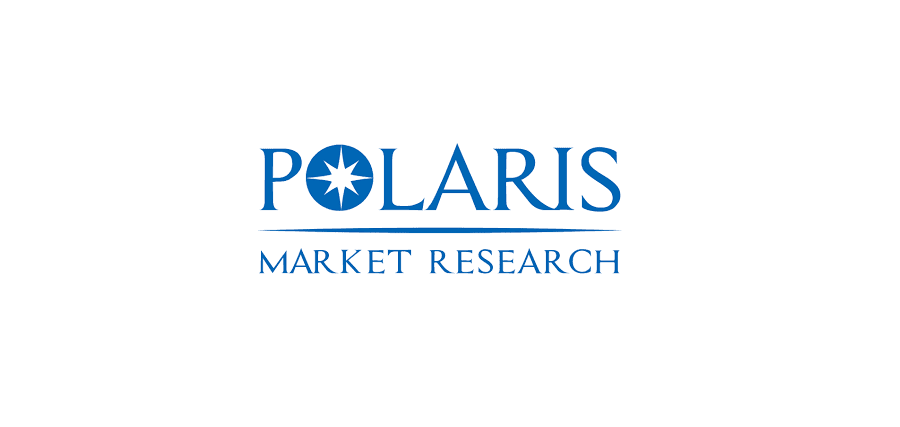Applications Driving the Polyvinyl Acetate Adhesives Market
Polyvinyl acetate adhesives are widely applied across multiple industries, with their utility extending from woodworking and construction to packaging and paper processing. In the furniture and cabinetry sector, PVA adhesives are particularly valued for their strong initial tack, excellent open time, and long-term bond durability. These properties support high-quality furniture production, panel bonding, and assembly tasks where reliable adhesion is critical.
In the paper and packaging industry, PVA adhesives are used for carton sealing, lamination, and label attachment. Their compatibility with paper substrates and ability to dry clear make them ideal for many packaging applications. As demand for sustainable packaging grows, water-based PVA adhesives are preferred over solvent-based alternatives, reinforcing their role in eco-conscious manufacturing.
The Polyvinyl Acetate Adhesives Market is largely driven by these diverse use cases. In the construction sector, PVA adhesives are used to bond wood trim, moldings, and building panels. In craft and DIY applications, their ease of use and non-toxic profile make them popular among consumers. The market’s broad reach stems from PVA adhesives’ adaptability to many substrates and their efficiency in forming strong, lasting bonds.
Emerging applications are also fueling growth. Modified PVA adhesives with improved water resistance and faster curing times are finding use in exterior construction, laminates, and pre-fabricated building components. This allows PVA formulations to compete with structural adhesives in applications that were previously not accessible to standard PVA.
Economics plays a crucial role in application adoption. PVA adhesives are relatively affordable to produce, and their water-based nature reduces the cost associated with solvent handling and safety. This cost advantage makes them attractive to manufacturers aiming to balance performance and budget constraints. Their safe handling also reduces the need for complex ventilation or hazardous-material compliance measures, which can further lower operating costs.
Overall, the adaptability of PVA adhesives across verticals underpins their continued market relevance. As new application areas develop and standards evolve, these adhesives are expected to maintain a strong presence in both traditional and innovative industries.


